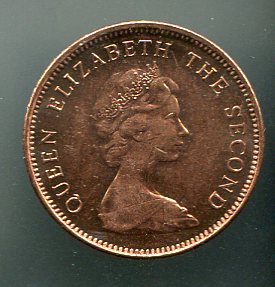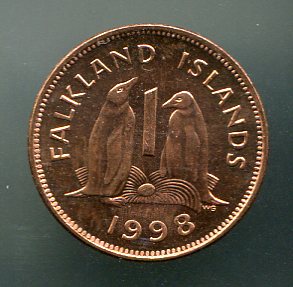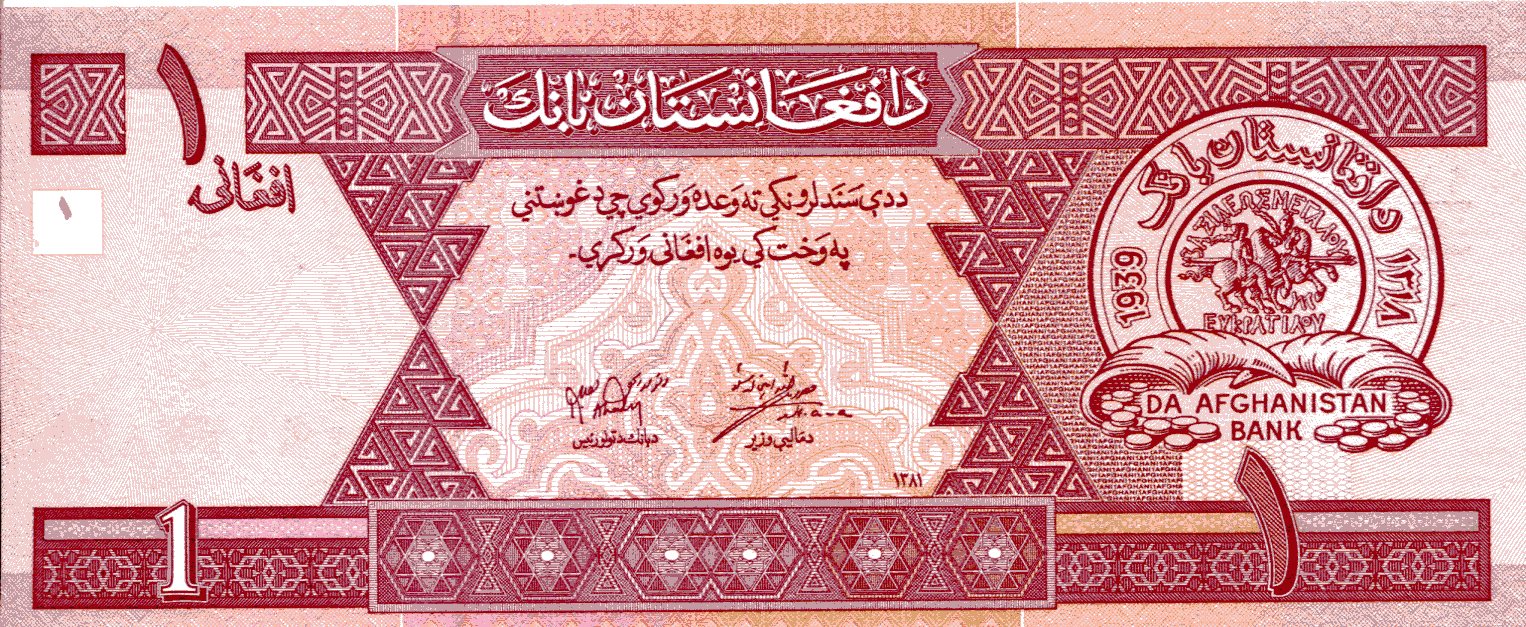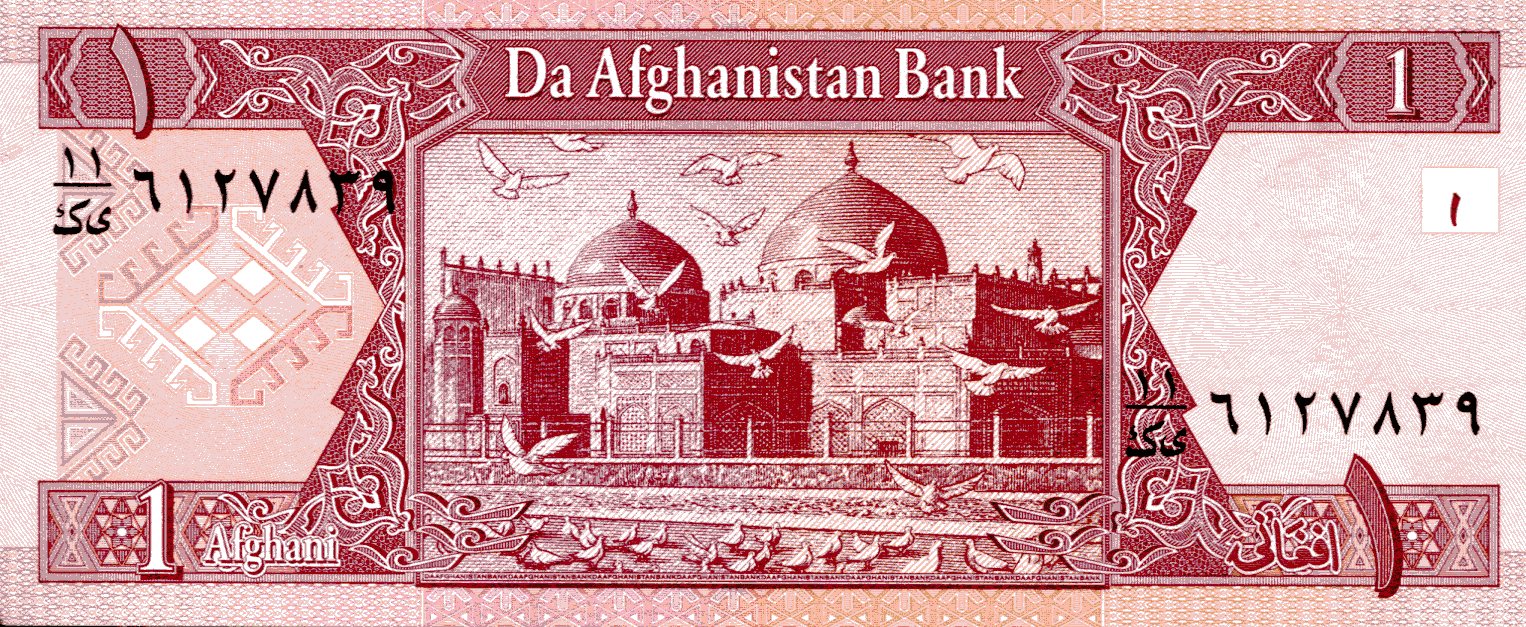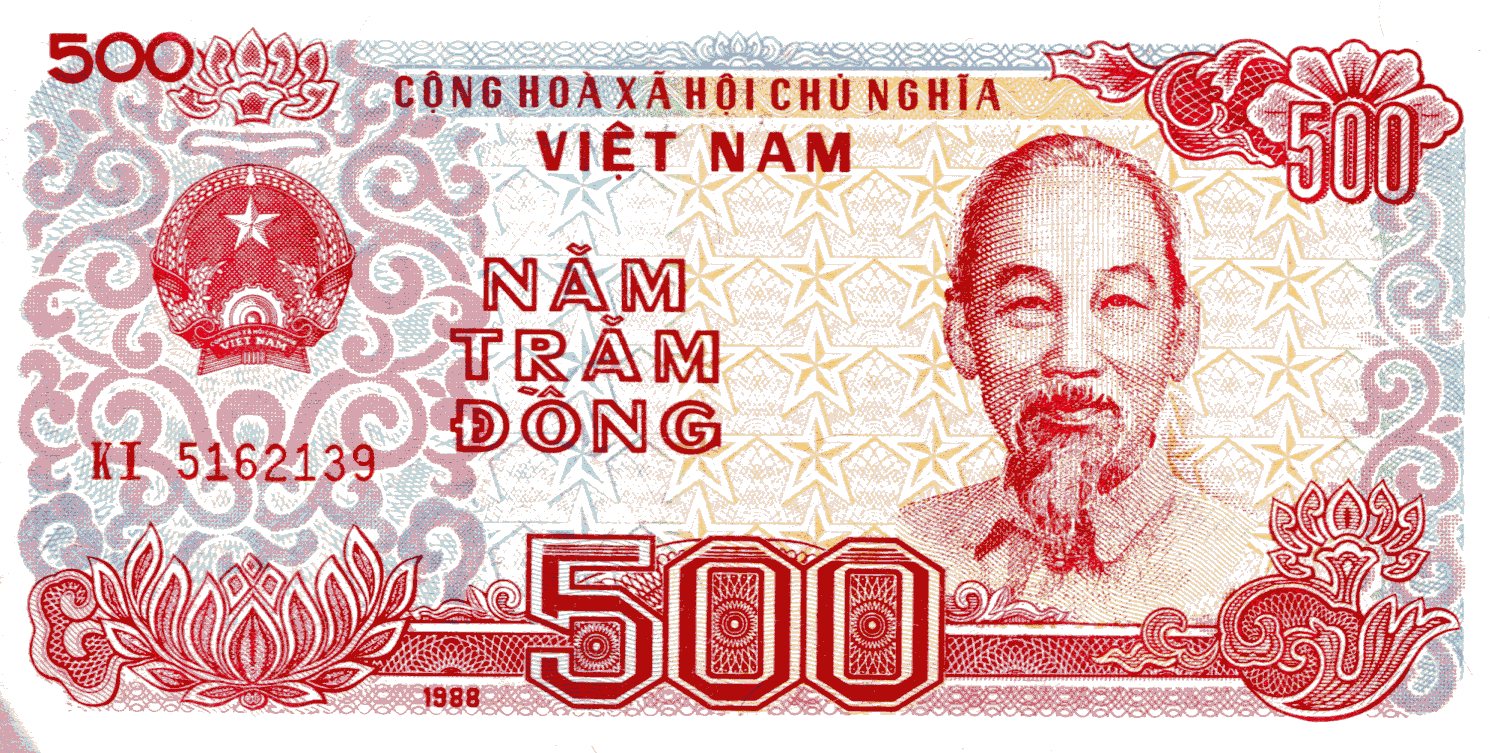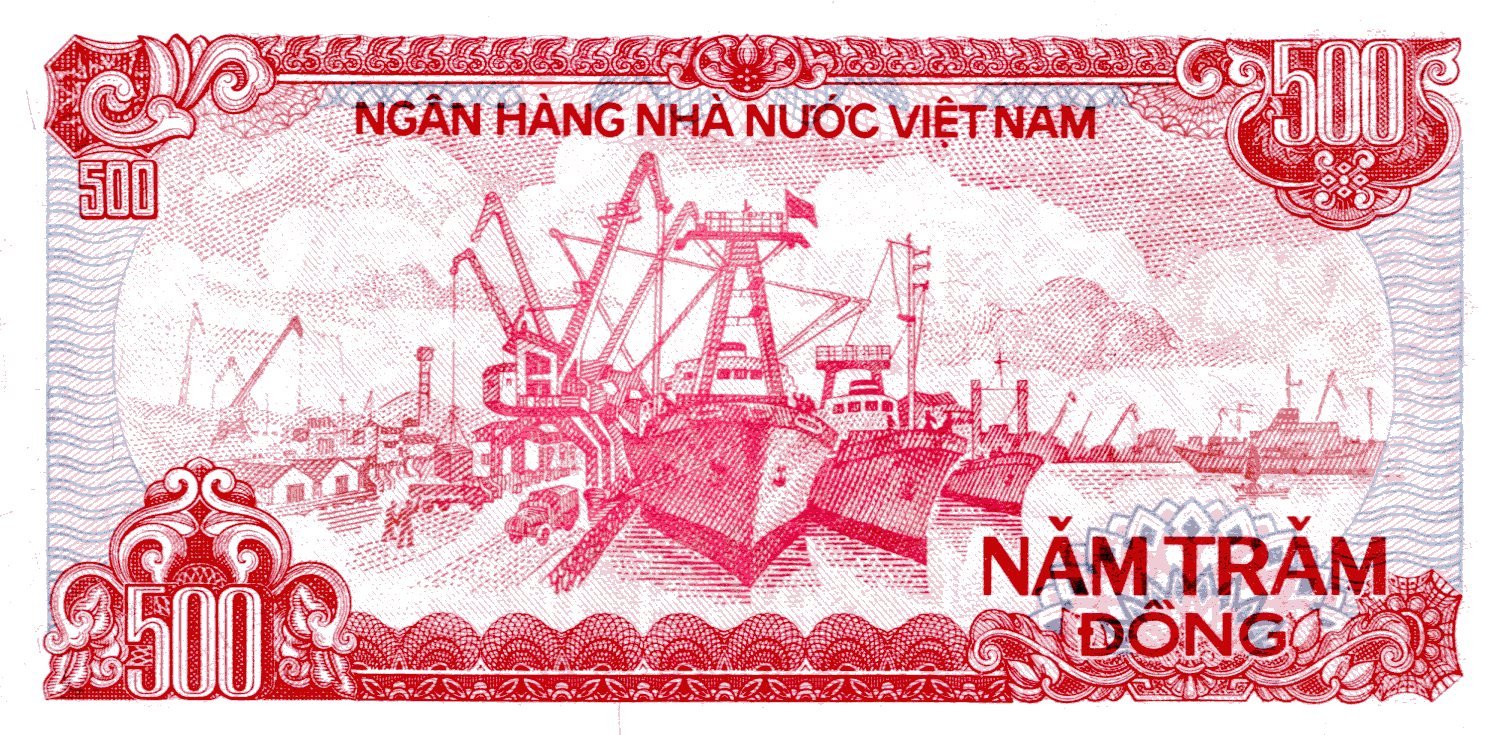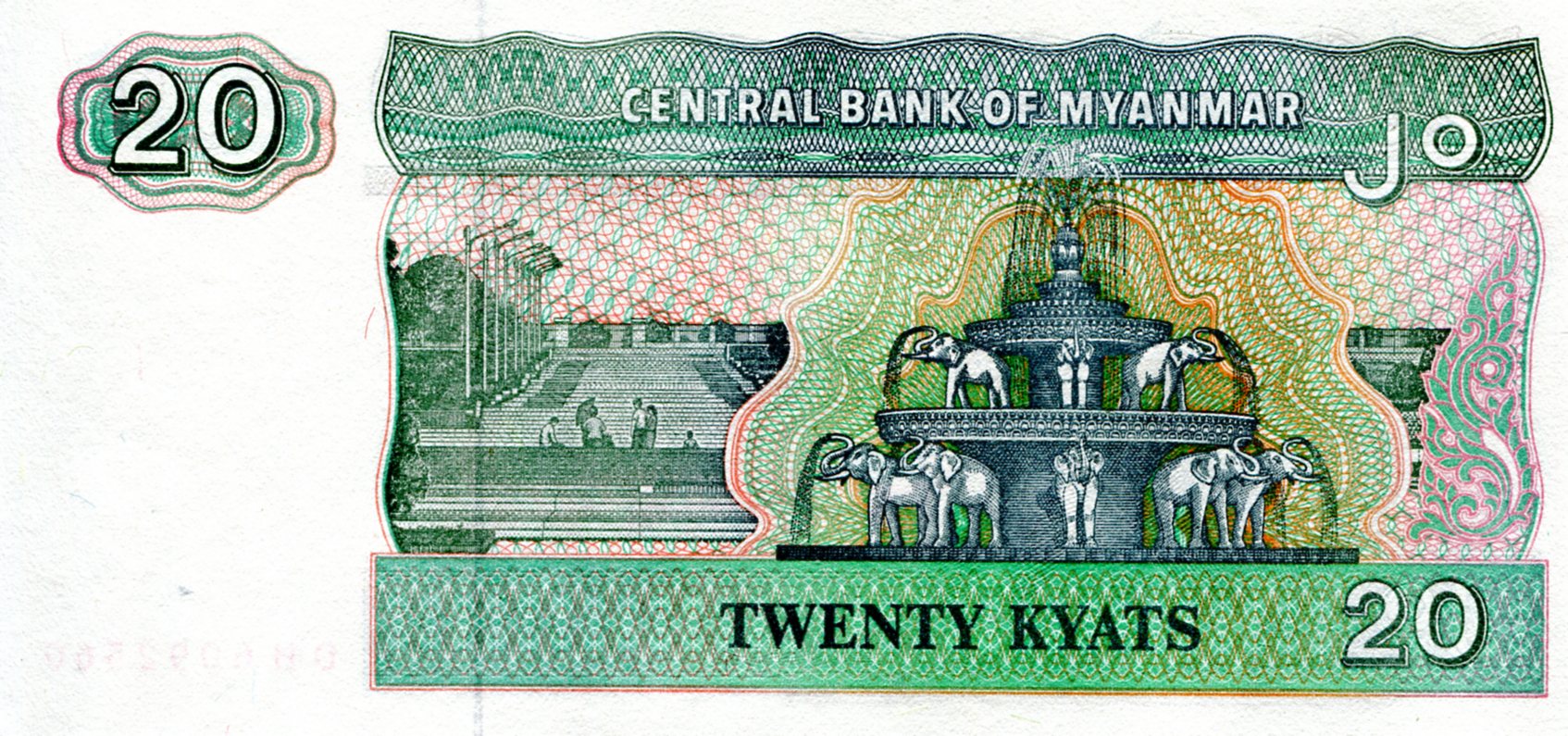Among many other things, coinage is (or can be) educational. Take Manto Mavrogenous (Μαντώ Μαυρογένους), for instance. Until recently I didn’t know who that was. Then I acquired a demonetized 2-drachma piece, which has her portrait on it, so I had to find out more. I still don’t know that much — it would take more digging than I want to spend on the matter right now — but I learned some some basics, from the likes of this site and this one.
Such as that she participated in an important way in the Greek War of Independence, especially by outfitting rebel forces at her own expense, and encouraging other wealthy Europeans to support the cause. Apparently she was the subject of a Greek movie in 1971, but her story cries out for a big-budget biopic in our time, with a few changes, of course. It’s one thing for her to be Demetrios Ypsilantis’ lover, but the script can also spice things up with a love triangle that involves Lord Byron as well, played by some handsome English actor. Did she ever really meet Lord Byron? Details, details.
The Hellenic Republic thought enough of her to put her on the 2 drachma coin from 1988 to 2001, which was retired when the country traded for euros (and a peck o’ trouble).
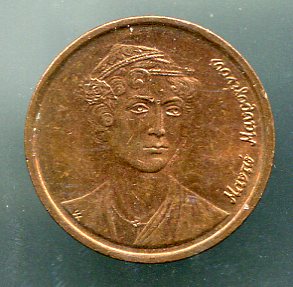
 It’s a nice little coin, and unlike many copper-plated coins of recent vintage, such as the U.S. cent since 1982, it’s actually copper. The nautical design on the obverse (at least, I think it’s the observe) makes sense in the context of Manto Mavrogenous’ contributions to kicking Ottoman butt, a good bit of which involved raising and paying for ships to fight near Mykonos.
It’s a nice little coin, and unlike many copper-plated coins of recent vintage, such as the U.S. cent since 1982, it’s actually copper. The nautical design on the obverse (at least, I think it’s the observe) makes sense in the context of Manto Mavrogenous’ contributions to kicking Ottoman butt, a good bit of which involved raising and paying for ships to fight near Mykonos.
